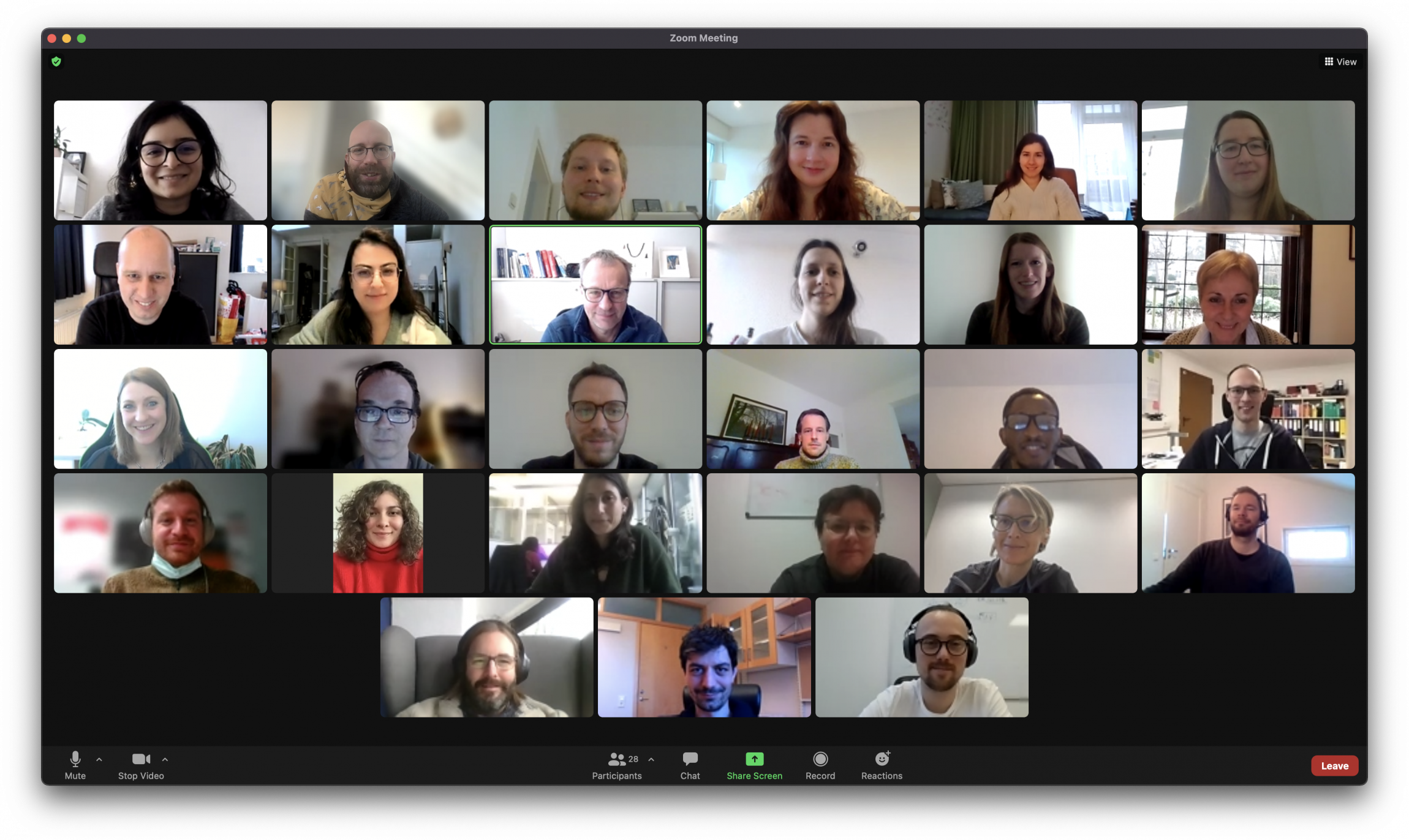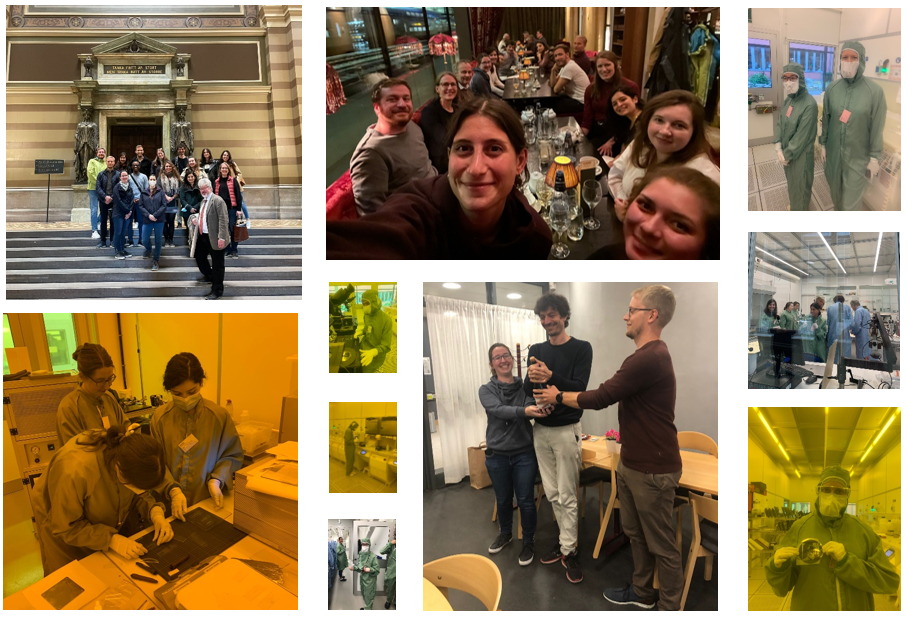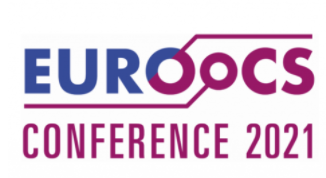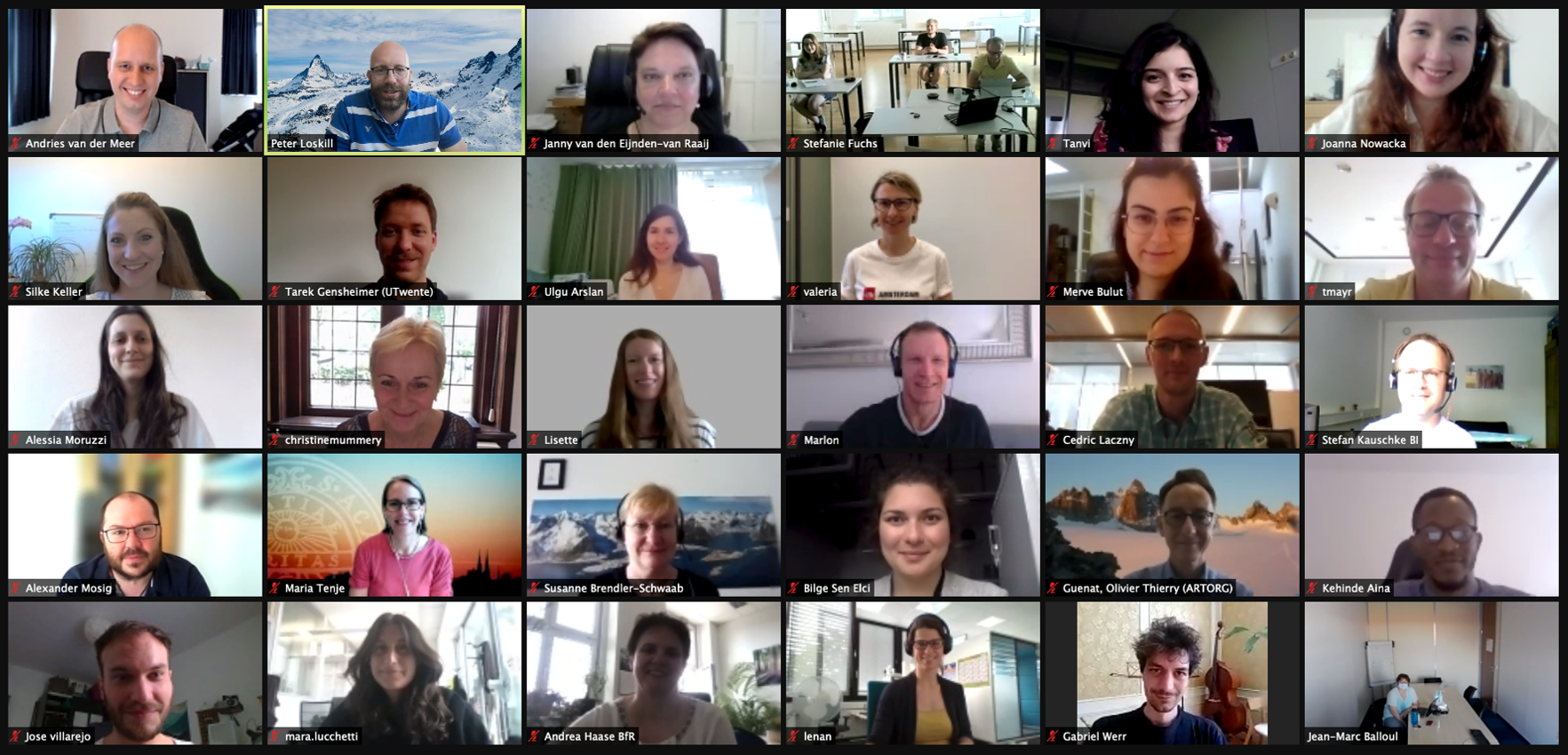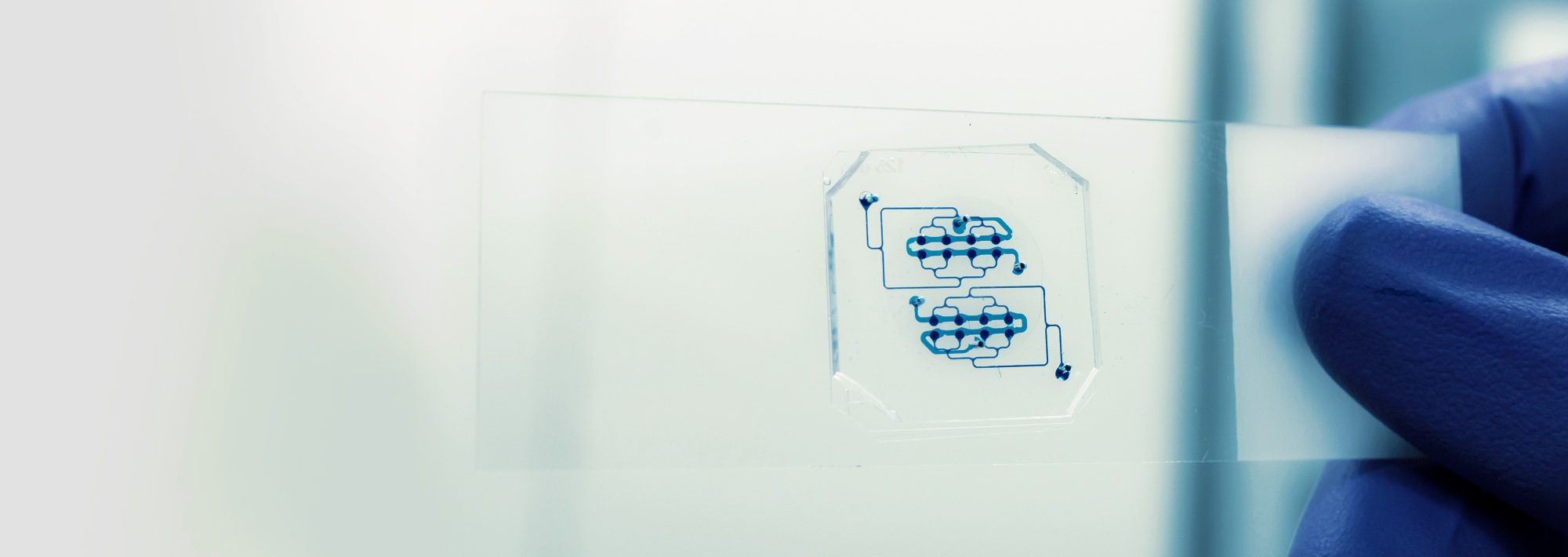Organ-on-chip systems are promising new in vitro research tools in medical, pharmaceutical, and biological research. Their main benefit, compared to standard cell culture platforms, lies in the improved in vivo resemblance of the cell culture environment. A critical aspect of these systems is the ability to monitor both the cell culture conditions and biological responses of the cultured cells, such as proliferation and differentiation rates, release of signaling molecules, and metabolic activity. Today, this is mostly done using microscopy techniques and off-chip analytical techniques and assays. Integrating in situ analysis methods on-chip enables improved time resolution, continuous measurements, and a faster read-out; hence, more information can be obtained from the developed organ and disease models. Integrated electrical, electrochemical, and optical sensors have been developed and used for chemical analysis in lab-on-a-chip systems for many years, and recently some of these sensing principles have started to find use in organ-on-chip systems as well.
This perspective review describes the basic sensing principles, sensor fabrication, and sensor integration in organ-on-chip systems. The review also presents the current state of the art of integrated sensors and discusses future potential. We bring a technological perspective, with the aim of introducing in-line sensing and its promise to advance organ-on-chip systems and the challenges that lie in the integration to researchers without expertise in sensor technology.
You can access the full review here.


